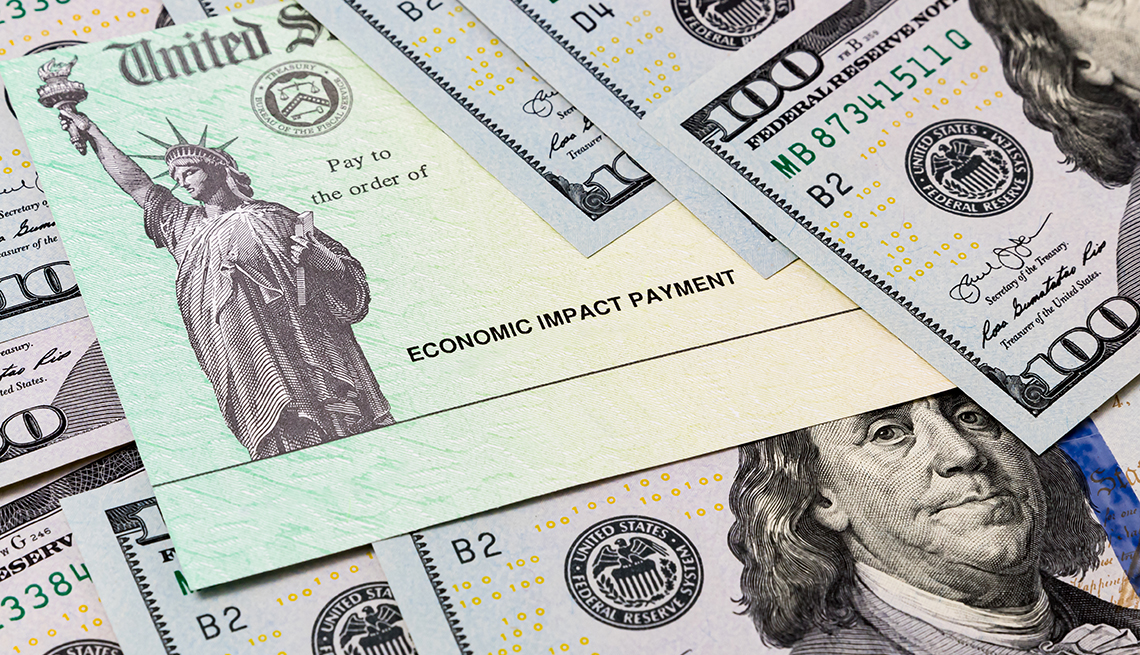
- Select a language for the TTS:
- UK English Female
- UK English Male
- US English Female
- US English Male
- Australian Female
- Australian Male
- Language selected: (auto detect) - EN
Play all audios:
For artist and curator Liza Faktor, old-growth forests are everything. They’re places of wonder: worth crossing nations and continents for, as this native of Moscow, Russia has made her way
west. They’ve been a healing agent, as she recovers from a 2020 stroke. Forests are also a cause to rally around, their carbon sequestering and incredible biodiversity all the more important
in an era of climate change, mass extinction and the relentless creep of our extraction economy. But most of all for Faktor, who moved to Oregon in 2018, ancient old-growth temperate
rainforests are a limitless source of artistic inspiration: both joyful and tragic. That inspiration feeds her own photography, and perhaps flourishes even more in Faktor’s role as a curator
and arts facilitator, bringing together fellow artists’ photography, moving image and emerging media. Faktor’s photographs have been shown in Blue Sky Gallery’s Pacific Northwest Drawers
program, and at photography festivals around the world: Great Britain, China, Norway. She’s curated and produced exhibits at an even wider number of locales, including the Detroit Museum of
Arts and San Francisco’s Harvey Milk Photo Center, as well as festivals and exhibits in Italy, Sweden, France, The Netherlands, Dubai, Mexico, and Brazil. She’s won awards and grants or
participated in residencies associated with MASS MoCA, the U.S. Embassy in Rome, the Ford Foundation, greater Portland’s Regional Arts & Culture Council, and the Sitka Center for Arts
and Ecology. Even so, Faktor is still finding her place in the local arts ecosystem. She’s not represented by a local gallery, and whether as an artist or curator, she seems to garner more
response to her queries beyond Oregon and the Northwest. Maybe that’s because this artist-curator asks us to confront hard truths, about the fragility and vulnerability of Northwest forests,
to not just climate change but Nero-esque policymakers and covetous industry. “It is hard to talk about art and all sorts of creative practices without considering and talking about
politics, because it just is a pivotal time in the history of the world,” Faktor says. “We either survive this or we just destroy ourselves as a race. But politics can all also be very
distracting, because it can prevent you from listening to the natural world, to the life that is going on, especially with other species.” In Faktor’s photos, such as her most recent series,
_After Us_, which she describes as “an immersion into the complex world of the disappearing old-growth temperate rainforests,” there is a clear-eyed reckoning with devastation. Supported by
grants from the Ford Family Foundation and the Regional Arts & Culture Council, she has photographed burned-out forests and bare stumps, as well as taxidermy under glass, rifle casings
littering the ground, and in one memorable photo, a captured owl behind barbed wire. Yet her pictures also communicate nature’s endurance: new undergrowth flourishing amid the charred
landscape. Sponsor “The things I was interested in exploring were the resilience of nature to human intervention, memories stored in the landscape—of recent colonization, exile, violence, as
well as prehistoric, pre-human and pre-industrial serenity,” she adds. “The comparison between two empires and their consumer demeanor towards the land, the Indigenous peoples, and the
nonhumans, was obvious.” The two empires she refers to, of course, are Russia and America, with a lucid but melancholic sense of déjà vu. RUSSIA TO AMERICA Faktor was born and raised in
Moscow, growing up in the Patriarch’s Ponds neighborhood near a park of the same name, where action in the classic Mikhail Bulgakov novel _The Master and Margarita_ takes place. Her father
was an agricultural economist and a photography lover. “He embedded in me the curiousity about the landscape, as he frequently took me on his field trips,” she recalled by email. “He was my
first travel companion.” Her mother, Faktor added, “always worked and is still working with books.” Faktor earned a journalism degree from the Moscow University for the Humanities in 1994,
then continued her informal studies at the State Central Film Museum. Particularly influential to her budding photography career was traveling to Siberia during her early twenties: a
formative opportunity to immerse herself in the region’s ancient forests. “I was fascinated by this wild nature,” Faktor recalls, “and then I proceeded to do a number of projects there, both
as an artist and as a curator.” Beginning in the early 2000s, her photographs were exhibited at numerous photography festivals. By this time, she had also co-founded the Russian photo
agency Photographer.ru. Then in 2001 she also founded the Objective Reality Foundation, a nonprofit supporting long-term photography and multimedia projects. After Vladimir Putin returned as
president in 2012 (after initially being in power from 1999 to 2008), life for a left-leaning artist and curator like Faktor became untenable. That year the country passed a law requiring
any person or organization receiving any form of support from outside Russia or deemed to be under foreign influence to register as a foreign agent. “We were mostly funded by foreign
donations, and supporting important political projects,” Faktor explains. “It was obvious the direction that Putin was going, so I closed it.” She emigrated to the United States and for
seven years lived New York City. In 2011 she co-founded Screen, a visual storytelling production company that created documentary-driven projects across media and art platforms, ranging from
exhibitions and cultural events to video art and immersive multimedia installations. Along the way, she also remained active in the international photography community, serving as a jury
member for competitions and grants panels, including the National Geographic Society, the British Journal of Photography, and World Press Photo. Sponsor MOVING WEST: ROMANCE AND BURNOUT
Though New York gave her connections and opportunities, Faktor missed the kind of wilderness she had encountered in Western Siberia. So in 2018, she moved to Portland. “I found this
landscape of the Pacific Northwest very similar geographically,” she says, “but also in its history of colonization, of indigenous histories, and of course, extraction histories. So I tried
to apply my previous knowledge to this landscape. I was not surprised to find many similarities. And, in both cases, Indigenous people are still there, still provide some wisdom to land
management.” The same year Faktor moved to Portland, she also became involved with a self-described dream project. New Landscape, a group exhibit of contemporary Russian landscape
photography, premiered at the Boris Yeltsin Presidential Center, featured Faktor’s pictures of Siberia taken from 2001-03, and traveled to several cities in Russia and Norway from 2018-20.
Faktor also was exhibited in Oregon for the first time, at jdc Fine Art at Salishan on the Oregon Coast. But both exhibits were interrupted by the pandemic, which frustrated her. By this
time, Faktor was also beginning to miss her friends and loved ones in Europe and on the East Coast. She started to feel burned out. “I wasn’t in a good place,” she wrote in _We Are_, the
Royal Photographic Society of Great Britain’s magazine devoted to women in photography. “Mentally or physically.” As if the pandemic wasn’t enough to deal with, in 2020 Faktor suffered a
stroke. “I was not surprised; something like that had to happen,” she wrote. “I was pushing too hard in all directions.” It took her several months to relearn to speak, and kept her from
working for just as long. LESSONS IN RESILIENCE By late 2021, however, Faktor began to find both physical and artistic redemption by spending time in the forest. Over the next two years, she
began traveling to several locations in Oregon and Washington to document parts of the temperate rainforest for _After Us_: both its destruction and its recovery. In 2021 she photographed
the wildfire-scarred Willamette National Forest, which was also initially devastated by post-fire logging before the logging was halted by a lawsuit, as well as the protected coastal
temperate rainforest at Cape Falcon in Oswald West State Park. At Detroit Lake, while water levels at the human-made reservoir had temporarily receded, she photographed the stumps of
long-ago logged forests there. In 2023 she photographed portions of the Mt. Hood National Forest recovering from the Riverside fire, and at Cascade Head on the Oregon Coast. Sponsor Though
much of Faktor’s photographic focus was the impact of wildfires, “I’m not a fan of doom and gloom position,” she says. “And I’m not an environmental advocate; it is their job to bang on the
doors and to remind people that they need to be responsible citizens.” Instead, whether it’s in her own practice or the artists whose work she curates and engages, “the most important thing
is to be in conversation with these ecosystems. It’s important just to be in the forest for an extended period of time,” she adds. “Because especially when you are in the old-growth forest,
it’s this complex organism that is supporting so many species, and is so ancient, it puts your life into perspective, and you realize that you will end up as a very thin layer in the
geological record. Some of these trees have seen a lot.” Faktor is also lucid about what’s happening to these beloved old-growth forests and diverse animal habitats, as a result of logging
and climate change. She consulted with the Lesmeister Wildlife Ecology Lab, which is part of the, U.S. Forest Service’s Pacific Northwest Research Station at Oregon State University in
Corvallis, and is conducting bioacoustics research of endangered PNW species. As she’s looking to exhibit her series, Faktor is planning to accompany her pictures with soundscapes featuring
the voices of the disappearing species. “I think it’s important to acknowledge the loss and the forthcoming disappearance of some of these species,” she says. “But also it’s not just the
result of violent human intervention in this world. Also it’s a natural cycle, because there’s been five major extinctions in the history of this planet. Species are just disappearing all
the time.” Besides, Faktor continues, “If we don’t blow this planet up or do something irreversible, it will repair itself, after we are gone. New species will appear, new trees will grow,
even if we log all of them. So it’s vital to keep in mind that the world is constantly regenerating itself. But it is also crucial, for us as artists responding to these ecosystems, to know
how we feel about the loss, our mutual loss.” CURATING A BROADER CONVERSATION To that end, Faktor is assembling a new curatorial project called _Roots_, which she describes as an “inquiry
into the traumas, memory, and resilience of the forest ecosystems — in the context of climate emergency, violence against humans and nonhumans, survival and healing.” The exhibit features
artists from more than 10 countries. There is Uta Kögelsberger, a London-based artist, whose multiyear project Fire Complex has documented the Northern California’s Castle Fire in the
Sequoia National Forest, which also destroyed the home of her partner’s family. _Roots_ also includes the work of Portland video and installation artist Fernanda D’Agostino, as well as
California artist Adriene Hughes, who combines infrared photography and embroidery to create visual representations of the fungal network that scientists have discovered allows trees to
communicate with each other. Sponsor “I find this working with artists who are responding to these forest ecosystems in a deep way much more gratifying because it’s long term conversation,
and in the process we come up with some creative solutions,” Faktor says. It has not been easy to find a home for an ambitious curatorial project like _Roots_. And sometimes, the toll of
Faktor’s stroke and other health challenges can still be felt. “I’ve met a lot of resistance,” she says. In 2025, Faktor has also felt uneasy watching America’s leadership change, as if what
she experienced back home could happen here, too. Yet as Earth Day approaches on April 22, this artist and curator remains vibrant and ambitious, believing in art as a catalyst and a means
of connection. “I’ve been trying to encourage this dialogue between artists, scientists, indigenous culture bearers, and art institutions, academic institutions,” Faktor says. “I’m
interested in using art as a motive to start a conversation, and to encourage people to get into the forest: to see what is at stake.”






